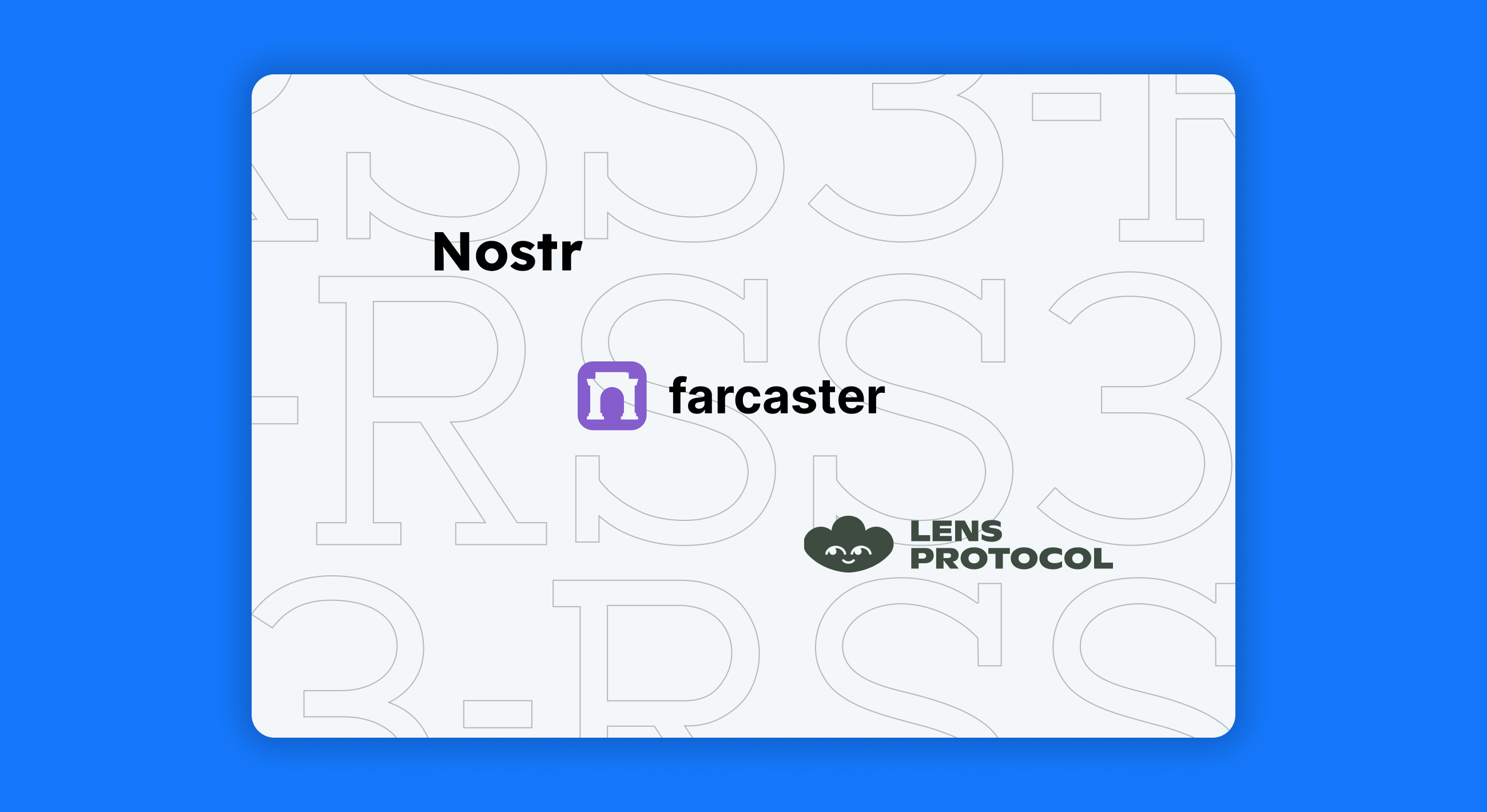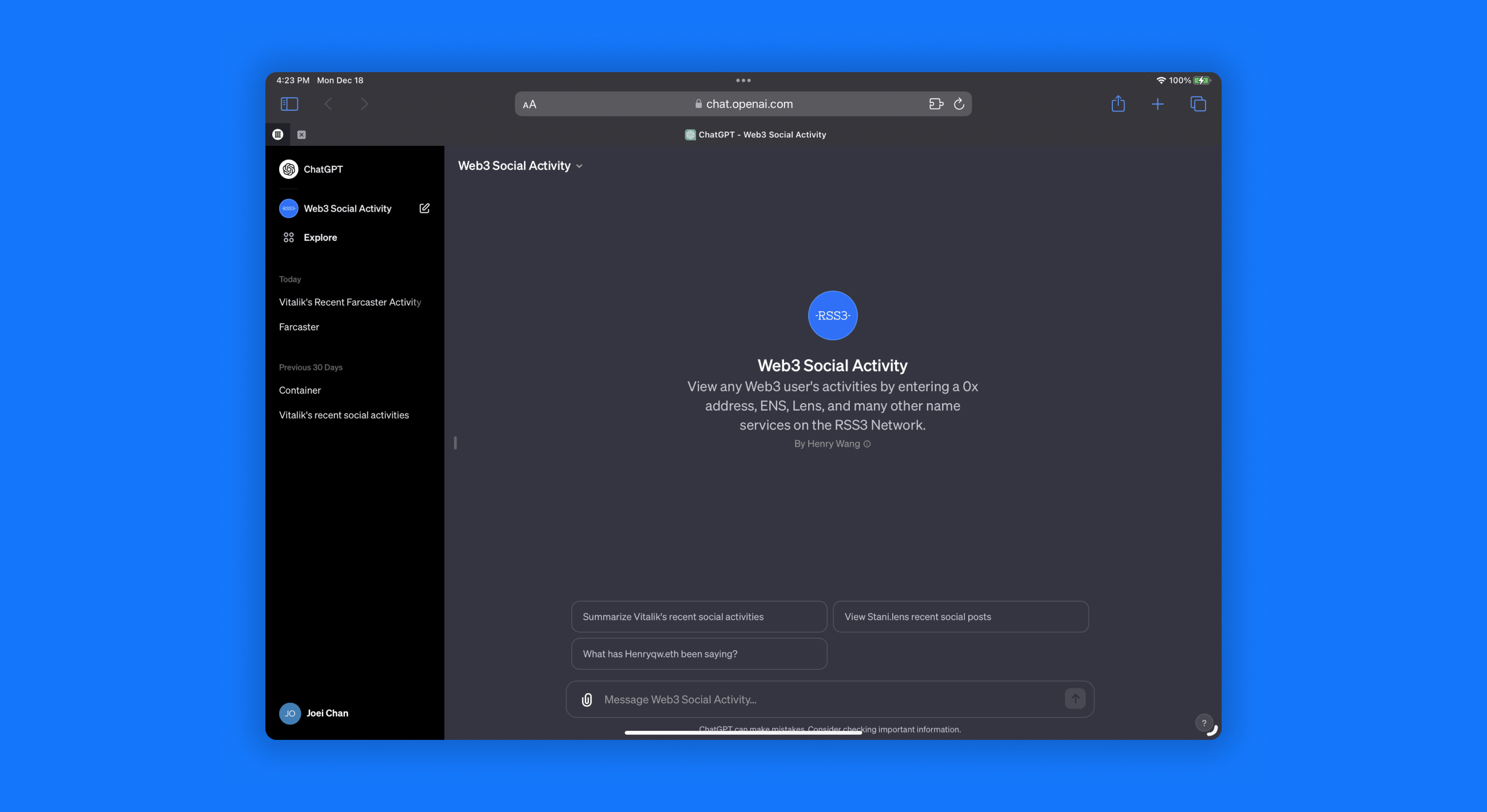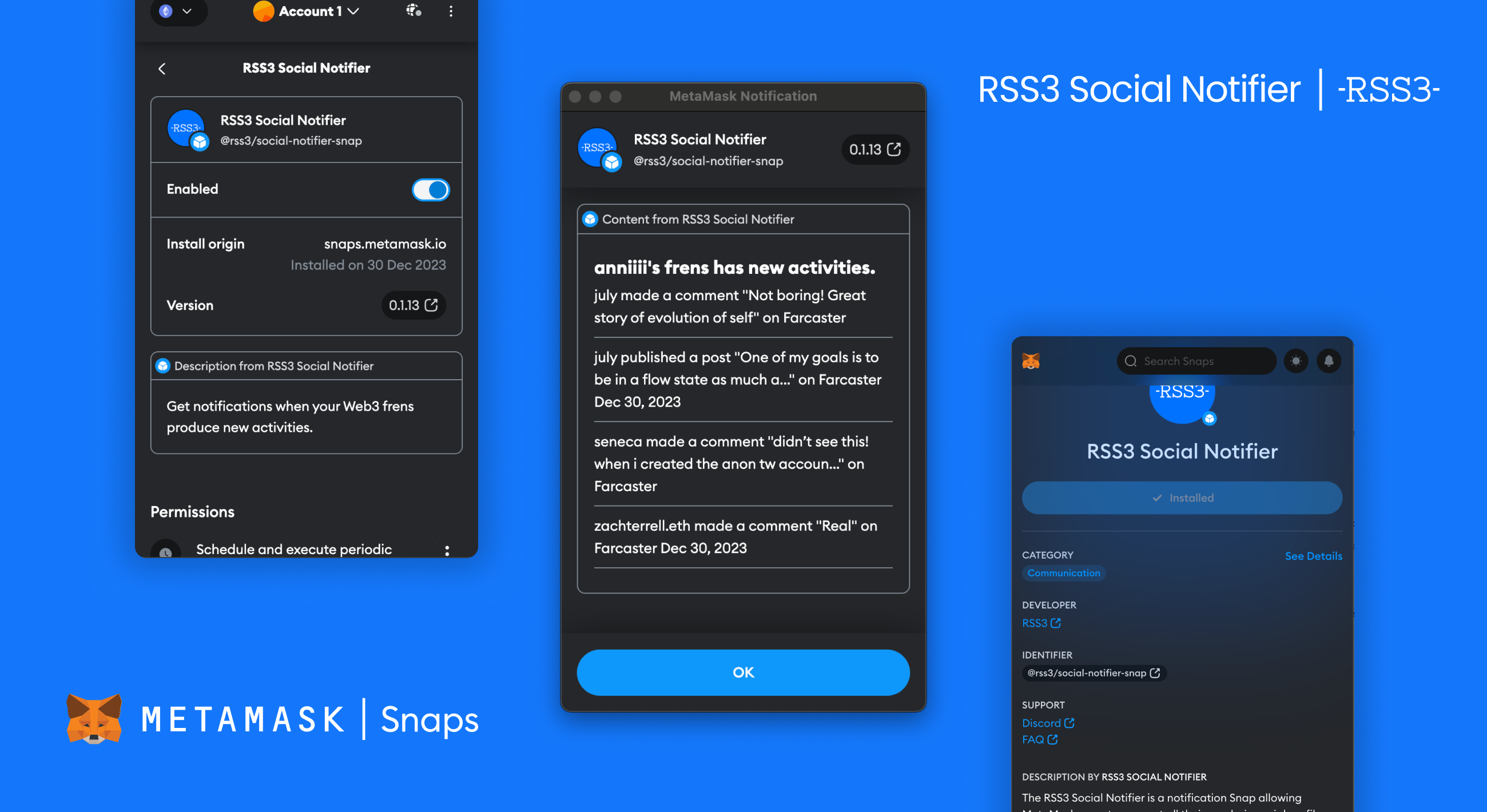About Decentralized Social Protocols
Decentralized social protocols are revolutionizing social platforms by prioritizing user ownership, data control, and permissionless development. Among these, Farcaster offers a unique approach to building social apps, emphasizing sufficient decentralization, flexible namespaces, and a global state maintained through interconnected hubs. Lens stands out as a Web3 social graph on the Polygon blockchain, empowering creators to own their relationships and form a user-centric social network. Meanwhile, Nostr aims to create a censorship-resistant global social network, emphasizing simplicity, resilience, and verifiability. Together, these protocols represent the forefront of decentralized social networking, challenging traditional centralized platforms and championing user rights and interoperability.
TL;DR
The rise of decentralized social protocols like Farcaster, Nostr, and Lens led to fragmented user experiences and challenges in content interoperability. RSS3, as the largest Open Social indexer, bridged these protocols, enabling seamless content access and sharing across platforms. This unified approach enhances user experiences, simplifies developer integrations, and promotes a collaborative, interoperable Open Web ecosystem.
Build Social DApps with RSS3
Situation
While the rise of decentralized social protocols like Farcaster, Nostr, and Lens brought the new online social platform experience by prioritizing user ownership, data control, and permissionless development, users and developers faced the challenge of navigating and integrating content across multiple protocols.
Challenges
- Fragmented Social Landscape: With multiple decentralized social protocols in play, users found it challenging to keep track of their social activities across different platforms.
- Lack of Interoperability: Each protocol, be it Farcaster, Nostr, or Lens, operated in its silo. This lack of interoperability hindered users from seamlessly accessing and sharing content across platforms.
- Developer Hurdles: For developers, the challenge was twofold: ensuring accurate content retrieval across platforms and integrating multiple protocols into a single application.
Solution: RSS3 Social
- One-Stop Indexing: RSS3 emerged as the largest open social indexer, supporting a wide range of open social protocols, including Farcaster, Nostr, and Lens. RSS3 brought interoperability to the forefront, acting as a bridge between various protocols.
- Look Up Social Content: Through the RSS3 Social API, builders could effortlessly find user-generated content across platforms, ensuring accuracy and ease.
- Cross-Platform Social Activities: RSS3 allowed users and developers to catch up with social activities across multiple platforms and protocols in a centralized location.
- Unlocking the Open Web's Potential: With RSS3, users could explore the social fabric of the Open Web, searching addresses to view complete social activities or using keywords to delve into content across all open social protocols.
Outcomes
- Enhanced User Experience: Users could now seamlessly navigate their social activities across Farcaster, Nostr, Lens, and more, all from a single interface.
- Boosted Developer Productivity: Developers benefited from a streamlined process, easily integrating multiple protocols into their applications.
- Promotion of Interoperability: RSS3's support fostered a collaborative environment among decentralized social protocols, emphasizing the importance of interoperable Open Social.
- Growth in Adoption: With the challenges of fragmentation and interoperability addressed, more users and developers are drawn to decentralized social platforms, further strengthening the Open Web ecosystem.
In conclusion, RSS3's support for decentralized social protocols like Farcaster, Nostr, and Lens showcased a win-win solution. It not only enhanced the user and developer experience but also championed the vision of a unified and interoperable Open Web.


